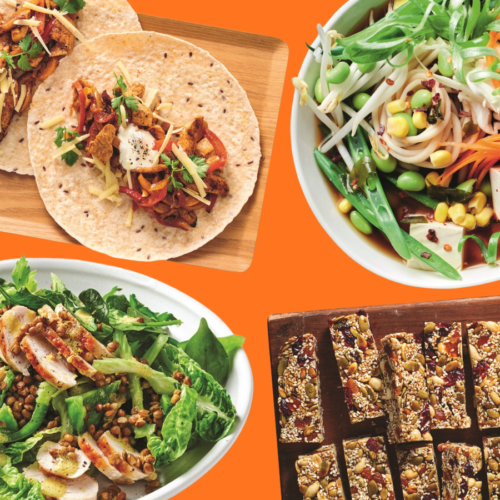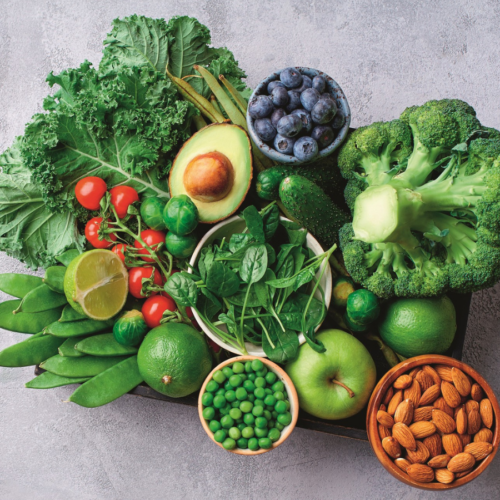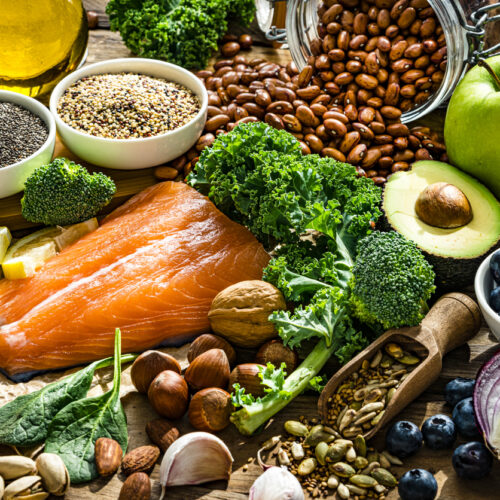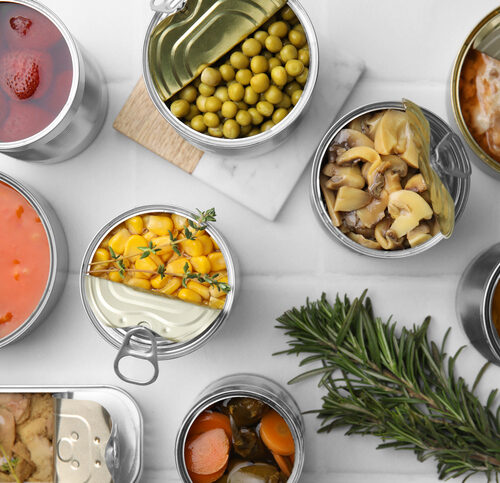
Enthusiastic about inspiring his students’ interest in healthy eating, teacher Matt Baker has designed some educational tools to excite them about food and nutrition.
Matt has been teaching Home Economics at Ponsonby Intermediate School in Auckland since 2009. Here are his top 10.
1. Healthy competition
The Food Cup is a cooking competition that runs for the entire school year. Students compete in teams each term to create and serve a dish using a key ingredient. They have to use a nutritious ingredient in any recipe they choose, such as banana, eggs or cheese. The competition is another chance for students to express themselves and create delicious, healthy food together.
2. Keep it cool
The Cool Wall is a graphic and engaging classroom display of various types of food packaging. Conversations turn to why one food is uncool, and even how one food can move between cool and uncool sections. It is a great way to encourage children to read the nutrition information panel and ingredients list on a food item. It is also a great reference point for engaging discussions about fat, sugar, protein and fibre content.
3. Sugar-free cooking
All students use and record key cooking vocabulary to complete each step of a recipe in their own 10-recipe cookbook, including recipe and nutrition sections. This booklet has reduced the amount of time students spend writing recipes, increased the amount of practical cooking time, and had a positive impact on motivation. By including sugar-free recipes, I’m asking my students to think about the taste and not just the nutritional content of the food they eat.
4. Challenge yourself
Children are asked to produce their own fresh versions of fast, popular store-bought favorites, such as DIY energy drinks, cereals, burgers and sandwiches. By adding a little competition and a few rules, this type of learning environment creates experimentation with ingredients and tastes. The children enjoy trying new flavour combinations in the company of their peers.
5. One season at a time
This term our girls can take a cooking option called ‘Sweet Treats’ and follow recipes that use stevia, agave nectar and coconut sugar as well as fruit. During the summer, the Boys’ Barbeque Club gave students the chance to cook meat and listen to stories collecting food ‘off the land’ sent in by parents. The inspiration for new and different classes comes from the students themselves, whose feedback is used to keep ideas fresh and current. Next year, a ‘Careers’ option will cover employment in the food and hospitality industry.
6. Tell stories
I ask parents and the community for their stories about collecting food off the land. I wanted to bring story-telling into lessons and connect children with where food comes from. The idea generated some amazing stories, and I have bound these to use as starters and plenaries.
7. Come on guys, digitise
I use Apple TV, an iPad mini and a projector to demonstrate ideas and examples. These devices allow me to create one flexible working space with children around the classroom and cooking areas. If children are able to bring their own devices to school, they can choose to photograph, record and download evidence of their achievements. The resulting electronic footage can be shared with family and outside the classroom across internet platforms.
8. Engage with the community
Previously, the students cooked in the community kitchen at Auckland’s Ponsonby Central Market to prepare and serve food to the public. Taking advantage of a modern community location and facility away from school gave the students confidence during their interactions with the public. Later this year, we look forward to working with WellPark College in Grey Lynn who will use our kitchen facilities at the weekends for nutrition classes and in return accept student visits to explore study and career opportunities in nutrition.
9. Rules and rituals
The ‘nose knows’, so each lesson starts with a smell. Smelling a mystery ingredient is designed to stimulate children’s appetite for discussion. It is a real winner, as every eating experience brings with it positive and negative memories and the children can quickly connect prior experience with current learning. More importantly, however, it forces young cooks to develop their instincts in the kitchen and rely on them.
10. A knife for life?
Developing confidence in the kitchen can start with a few simple knife techniques, such as how to purée and chiffonade ingredients. The satisfaction gained from puréeing garlic, adding it to butter and smearing it on a freshly-baked baguette, or turning iceburg lettuce or ham into thin ribbons ready for sandwiches, means students can start to make their own lunchbox favourites.
www.healthyfood.com










